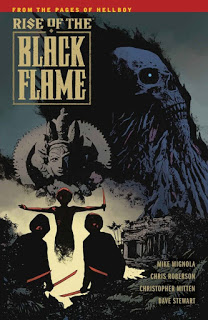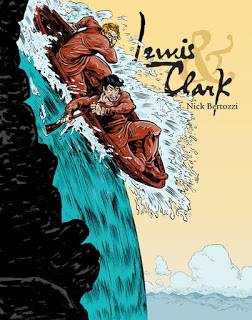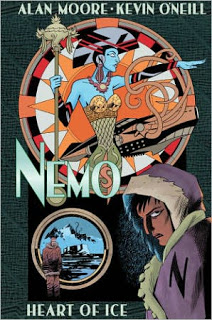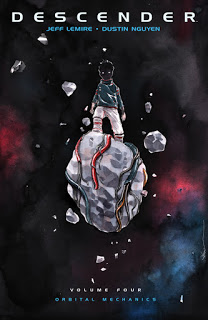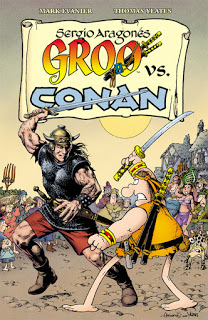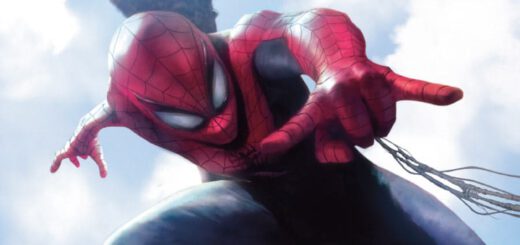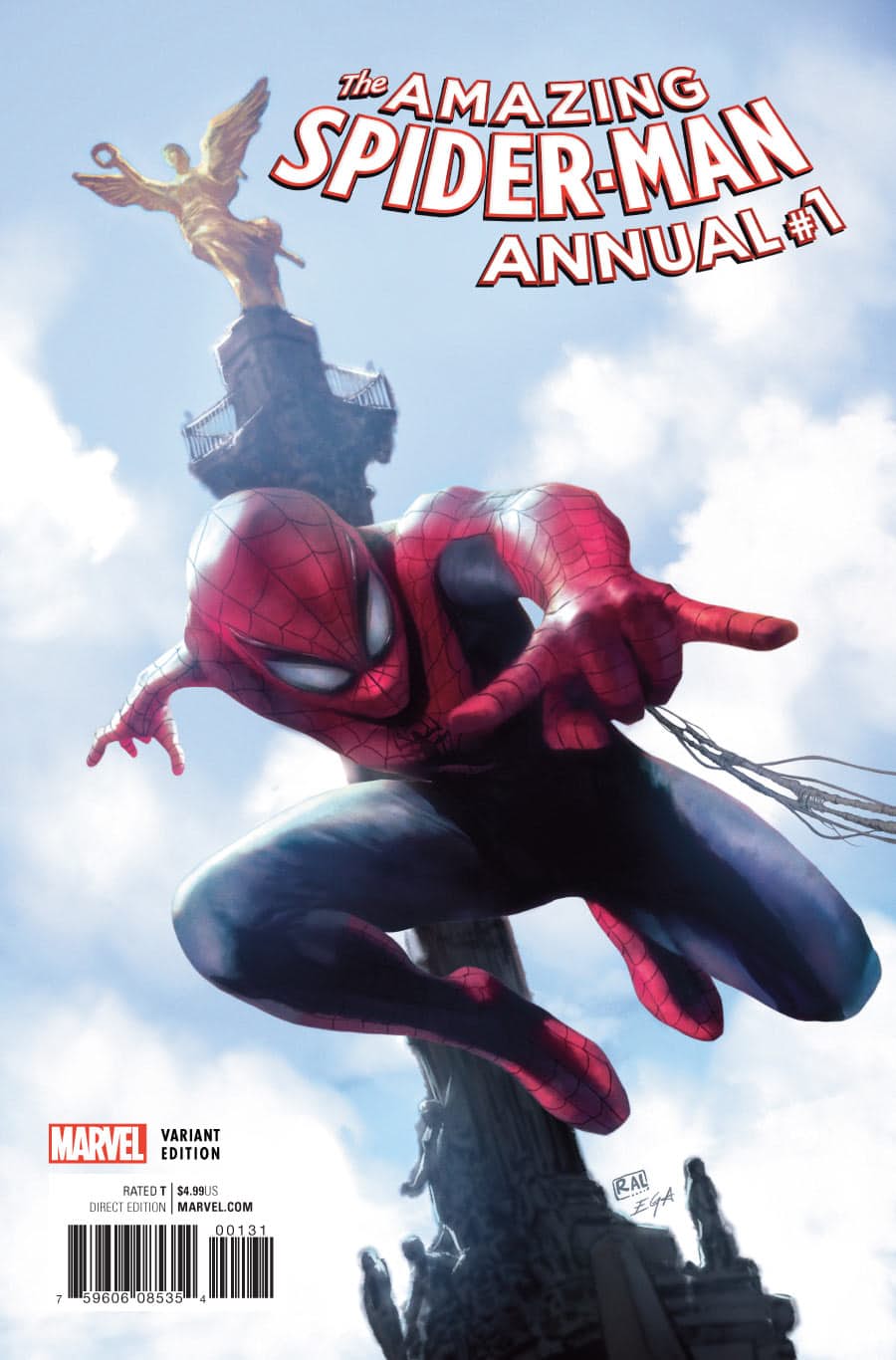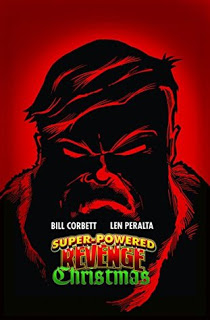Book-A- Day 2018 #98: Saga, Vol. 8 by Brian K. Vaughan and Fiona Staples
I should probably stop writing about Saga through the lens of my own expectations. I want it to be a single story that started with the birth of one child in this space-fantasy universe, and to have it end well in a way that wraps up that story. But it’s becoming more and more clear that creator Brian K. Vaughan instead sees Saga as a universe to tell stories in, and that those stories will all be somewhat related to that central family.
So I’m looking for a unity that isn’t here, and will never be here: Saga will run as long as people keep buying it (or until artist Fiona Staples decides she wants to do something else; I can’t imagine this continuing without her), and it will be a normal comic-book, full of issues that are separate stories or add up to an “arc” of three or six issues. Eventually, it will stop, for whatever reason, but the whole of Saga is not a single story and there’s no way to make it one at this point.
I’m sad about this, because there are enough serialized adventures in comics already and not enough stories, but no one asked me. I do hope I can draw a line under than thought here, and leave it buried: it’s not a useful framework for looking at Saga going forward from here. (And I see I keep saying a variation of the same thing every time I write about Saga, which must be tedious on your end: see my posts on volumes one , two , three , four, five , six , and especially seven for my repeated cataloging of pointless objections.)
So: here’s Saga, Vol. 8 , collecting another chunk of six issues. The first of these even seems to be an attempt at an introduction for new readers, that old standby of serialized comics. Let me just note that “new-reader friendly” is only important in a medium where going back to the beginning is infeasible or impossible: Netflix has built a big business on letting people binge from Season One Episode One.
Anyway, this volume is the story of an abortion. Well, it’s described as an abortion, repeatedly, but the baby is dead in the womb — in a mystical, woo-woo kind of way that means that child is also a ghost running around nearby — which means the medical procedure is actually quite distinct from an abortion. One suspects Vaughan might be trying to make points, or just be provocative for the sake of being provocative. The big events at the end of the last volume left that child dead in the womb, and apparently it’s not simple to just get him out. (If anything were simple, it wouldn’t be Saga.)
I find it harder and harder to write about the Saga volumes at this point: I’m trying not to give away who needs an abortion, even though that’s blindingly obvious to any semi-serious reader of the series. But I feel like the plot details of part forty-three of an umpty-ump part story shouldn’t be splashed around; I think most readers will want to get here under their own power. And, more seriously, Saga is becoming more and more soap-opera-ish with each issue: I forget precisely which TV-head is the guy running around in this issue (Count something? the Duc of NBC? Crown Prince Cyborg MCMLXXVI?), and I can’t remember where Lying Cat got to (she’s not in here at all), and I’m only vaguely invested in the some-other-horrible-person-has-captured-The-Will-and-has-now-learned-our-heroes-exist-oh-woe plotline.
Look, these are sturdy, well-built characters. They inhabit a big, complicated universe. Staples can draw any damn thing Vaughan can throw at her, and make it look both real and retroactively obvious. Many of the relationships here are ones readers care about and are invested in. But Saga seems to be still proliferating, and the initial burst of energy that was so enticing is slowly expanding into that big universe, like the Big Bang, and is cooling and becoming less excited as it goes.
Hmm. I guess I can’t stop talking about the same issues with Saga every damn time. Oh, well. Saga has gone from being a thunderbolt of energy and passion to a solid, entertaining space adventure comic. It’s still very nice, but it’s not what it was.
![]()
![]()
Reposted from The Antick Musings of G.B.H. Hornswoggler, Gent.










